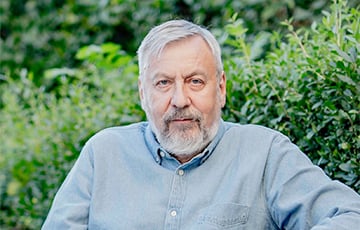Pentagon Adviser Reports On Problems Of ‘Advanced Russian Tank’
7- 9.03.2025, 23:12
- 9,800

The T-14 Armata has failed to cope with practical combat scenarios.
The Russian T-14 Armata tank, despite its advanced design and sophisticated characteristics, failed to cope with practical combat scenarios in Ukraine. Pentagon consultant Reuben F. Johnson writes about this in an article for the 19fortyfive portal.
The expert reminds us that the T-14 tank was pompously presented back in 2015 at the annual Victory Day parade in Moscow, but broke down during the procession of armoured vehicles right on Red Square.
The expert notes that the tank turned out to be ‘too advanced’ for use in Ukraine's brutal combat environment. Its heavy digitisation and expensive sensors, designed to Western safety standards, proved extremely vulnerable and costly in real combat conditions.
However, like one of those super-expensive Italian sports cars standing in a showroom, the T-14 deceptively appears to be a mechanical marvel. However, this is the case until you start driving it, at which point the shortcomings of its high-tech design will dispel any illusions about its practicality,’ the head of the Ukrainian defence company told 19FortyFive.
The T-14 was a ‘state-of-the-art’ design and its systems were major deviations from previous configurations of Russian tanks. It is often described as ‘highly computerised’ - enough to operate as an unmanned tank.
‘And yet this significant increase in digitisation of the platform has created quite a few reliability problems. The tank boasts an impressive array of different sensors, but these are vulnerable to battlefield conditions and susceptible to the harsh environment,’ the expert notes.
This vulnerability further emphasises another problem: the cost of the tank.
The T-14 Armata is estimated at $5-9 million per unit. Sergei Chemzov, Head of the national Rostec defence-industrial consortium, has officially stated that the T-14 is ‘too expensive’ for use in Ukraine.
‘The Armata would have to contend with hordes of drones and the diverse arsenal of anti-tank missiles used by the Ukrainians, so, according to Chemezov, ‘it is easier for the Russian military to buy old T-90s’ - the main battle tank of the previous generation - than to deploy the T-14 in Ukraine.
‘This seems to be the fate of the tank, both now and in the future. The level of losses in high-level conflicts and the need for simpler, easily repairable weapons make the T-14 Armata impractical,’ the expert said.











